“For a photojournalist, the 1930s were the worst of times and the best of times. War raged in Europe and the Far East. And America moved inexorably toward its rendezvous with destiny. Against this somber backdrop, documentary photography entered its golden age. There were new picture magazines, new 35mm cameras, new Kodak films, and a new attitude in photojournalism,” wrote Raymond H. DeMoulin, the Vice President of the Eastman Kodak Company, who was instrumental in making possible the blockbuster photobook and exhibition In Our Time (1989).
“Magnum had its share of major scoops and stories, such as Robert Capa’s first look, uncensored, behind the Iron Curtain at the Soviet Union with the writer John Steinbeck, published originally in Ladies’ Home Journal (for which Capa, according to the Journal’s picture editor, John Morris, later executive director of Magnum, would be paid $20,000 to Steinbeck’s $3,000),” wrote Fred Ritchin, Dean of the School at ICP, on the early days of the agency, in the In Our Time book. “There was also Capa’s and Chim’s work in Israel; and Cartier-Bresson’s landmark 1948 coverage of India at the time of Ghandi’s assassination, and his work in China in 1949, the pivotal year when the Communists took control of the government, as well as his coverage of Indonesia’s independence and again the Soviet Union.”
Following these initial pieces of ground-breaking photojournalism, the first new member,
Werner Bischof, carried the torch as he reported from Japan, India and Korea; and
George Rodger continued his relentless travelling, filing weekly stories Reportage from movie sets – such as a group of Magnum photographers commissioned to capture Marilyn Monroe and Clark Gable behind the scenes of The Misfits – alongside cultural commissions and collaborations with the most celebrated artists of the time and picture press assignments, quickly filled the Magnum roster’s time and archive.
“In those days a photographer had a significant advantage: large areas of the world had virtually never seen a photographer. One could choose to go almost anywhere one wanted, even without and assignment,” wrote Ritchin, chiming with what George Rodger said when he pointed out that this was because, in the early days, one could “take pictures of just about anything and the magazines were clamoring for it; the mistake was in thinking that it would continue.”
Later on, as more photographers joined the ranks of the agency, and the photojournalism industry also moved on, the style and the subjects that Magnum photographers would turn their lenses to shifted. Their work incorporated more personal, authored perspectives, but all of them produced photographs that were representative of their time.
David Hurn photographed England and created a portrait of his native Wales;
Bruce Davidson hung out with teenage gangs in Brooklyn. Leonard Freed published his document of the civil rights movement with
Black and White America,
Sergio Larrain was at home in Chile creating his seminal photographs of life on the streets, and Costa Manos undertook a journey that was as much about the discovery of his own heritage as it was reportage with his
Greek Portfolio.
“Their interest in the fringes were accompanied by a desire to decrease the photographer’s estrangement from the nominally exotic, to begin to become more implicated in the lives of others,” wrote Ritchin.
In revisiting this esteemed collection of works, Magnum Photos is making available a number of period prints from the original In Our Time collection, available to collectors through the Magnum Print Room gallery in London, or online via the Magnum Shop. All black and white prints are silver gelatin, all color are dye transfer. They are the original 1989 prints that were shown at the Hayward Gallery as part of the In our Time exhibition, which became one of the most successful photographic exhibitions of the last few decades and toured through fifteen countries world-wide.

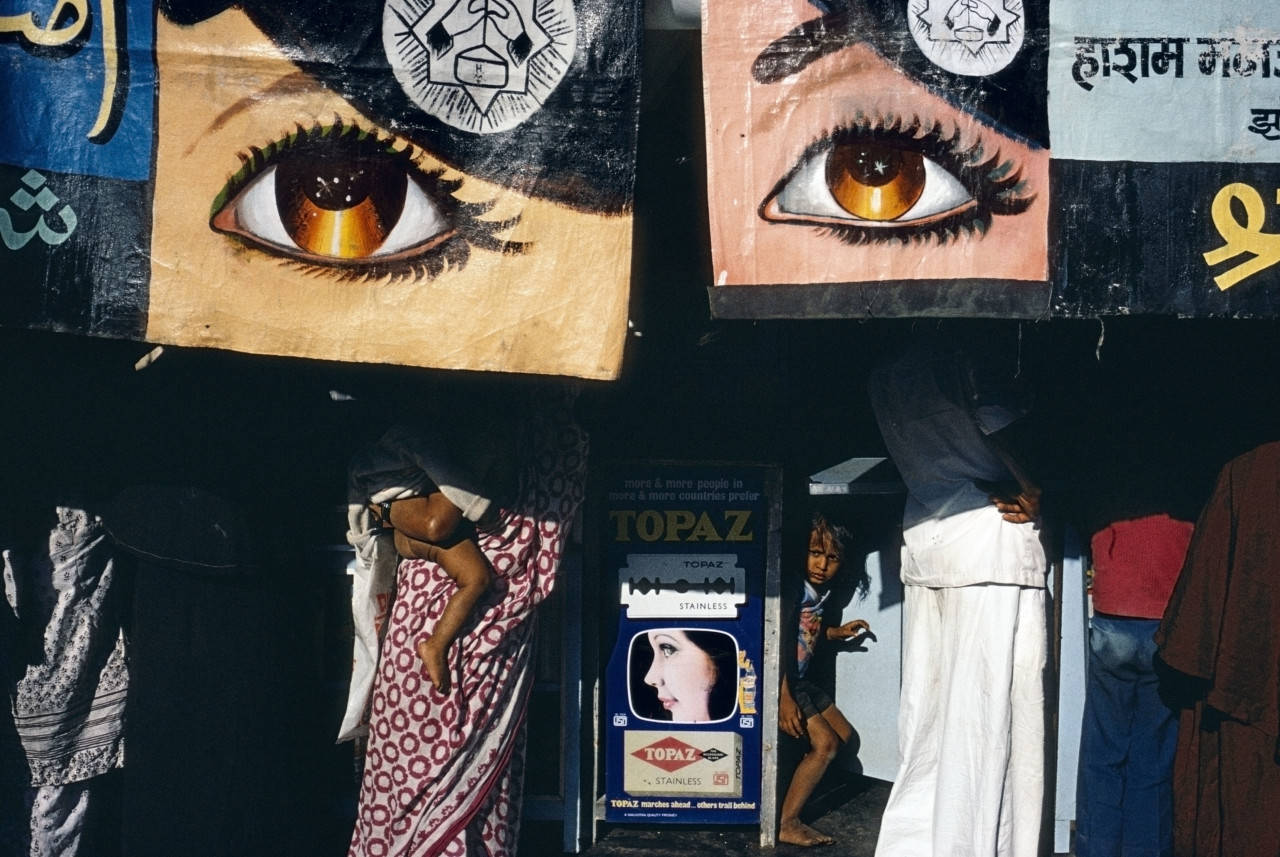
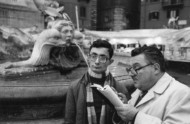


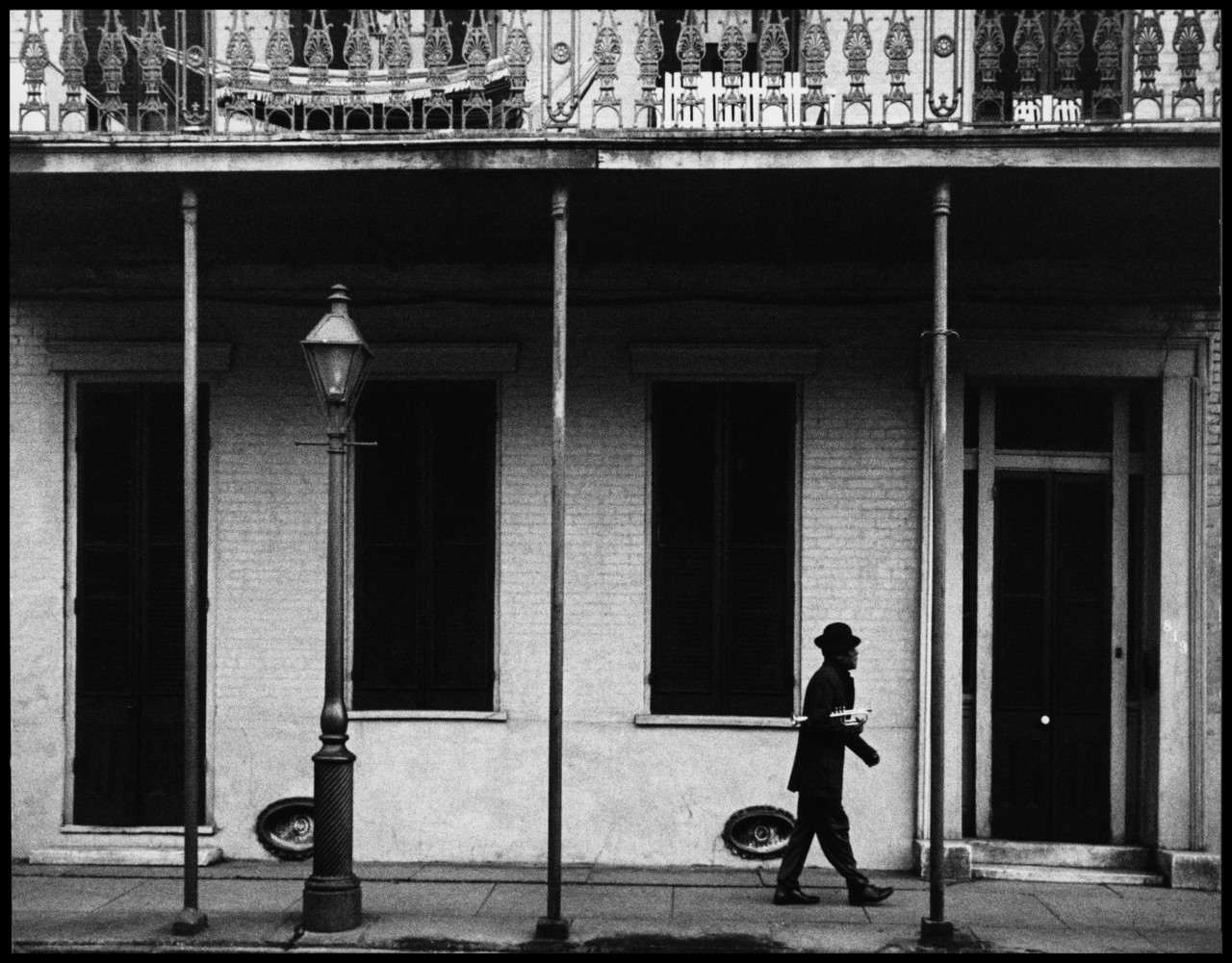

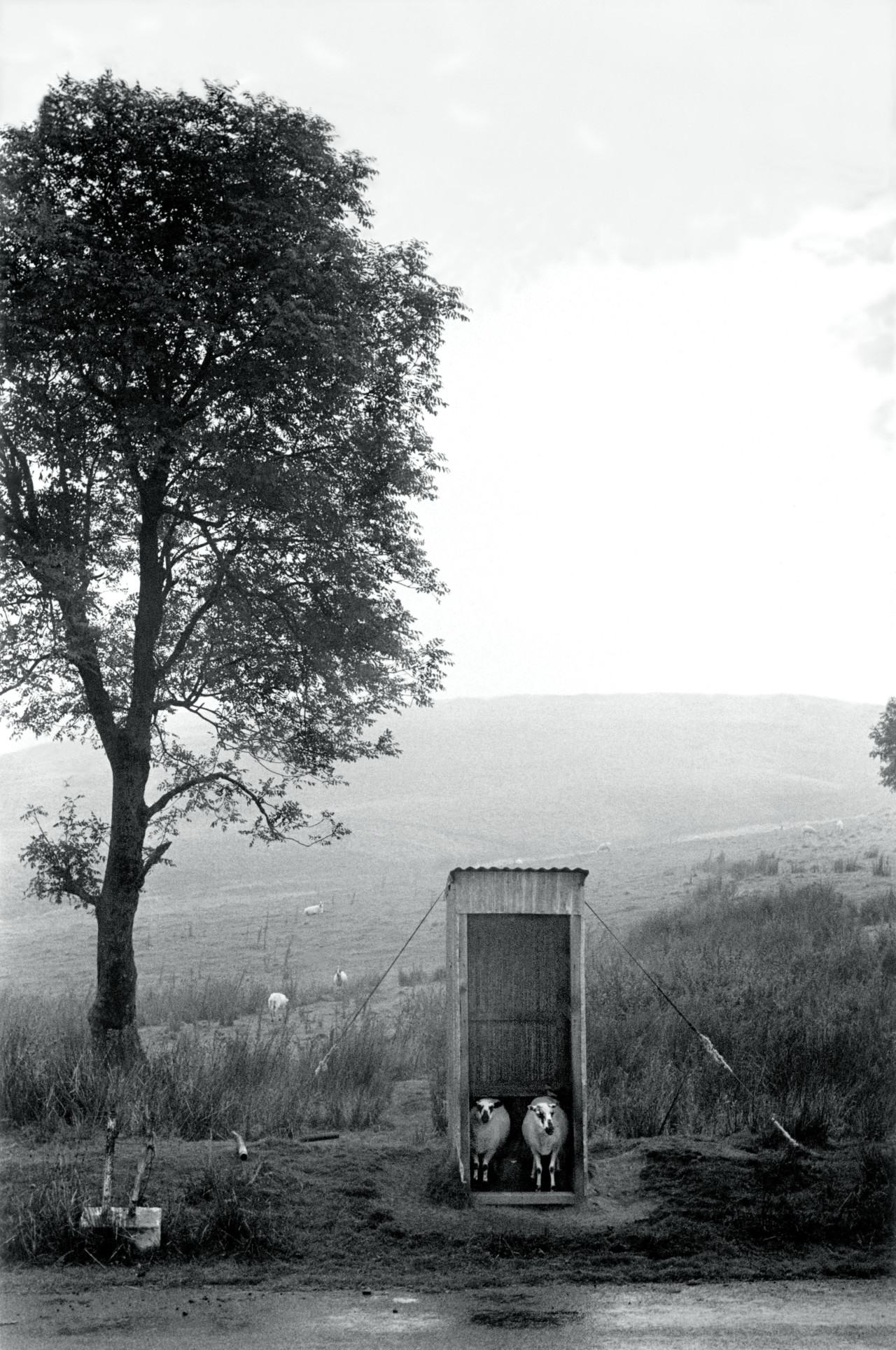
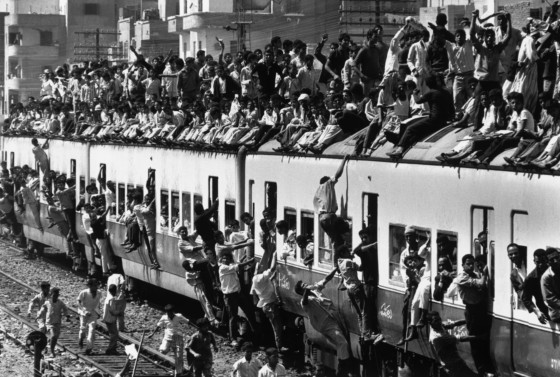
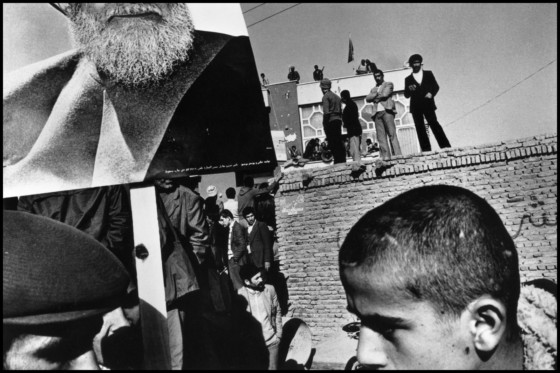

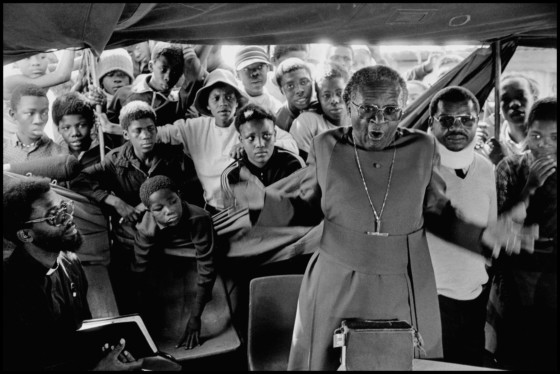
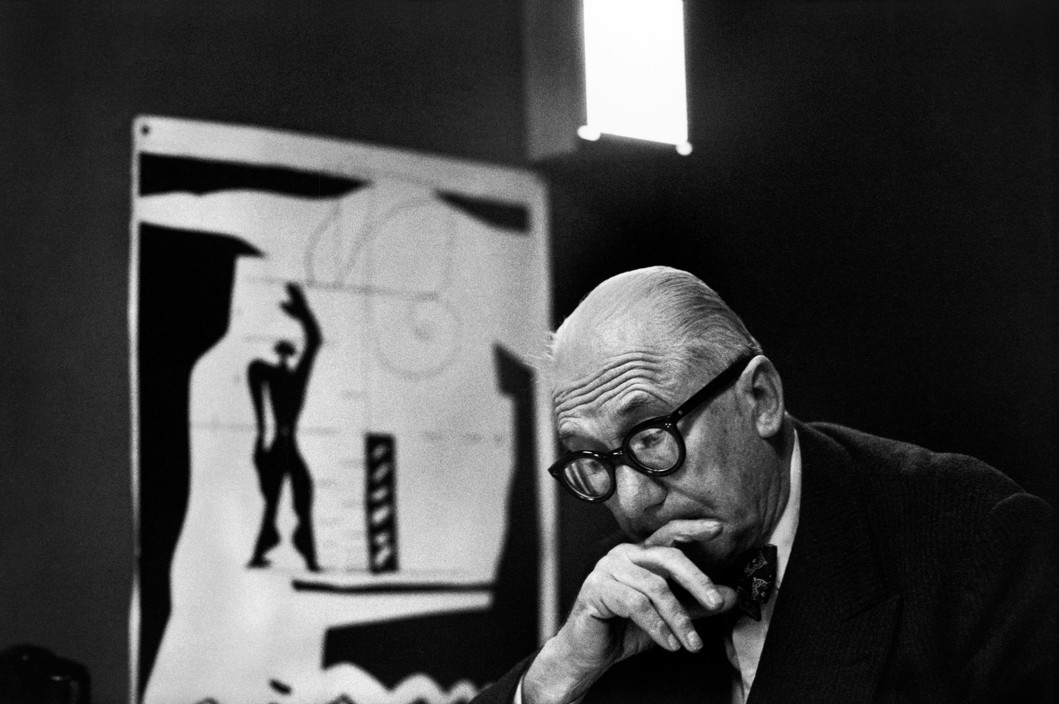

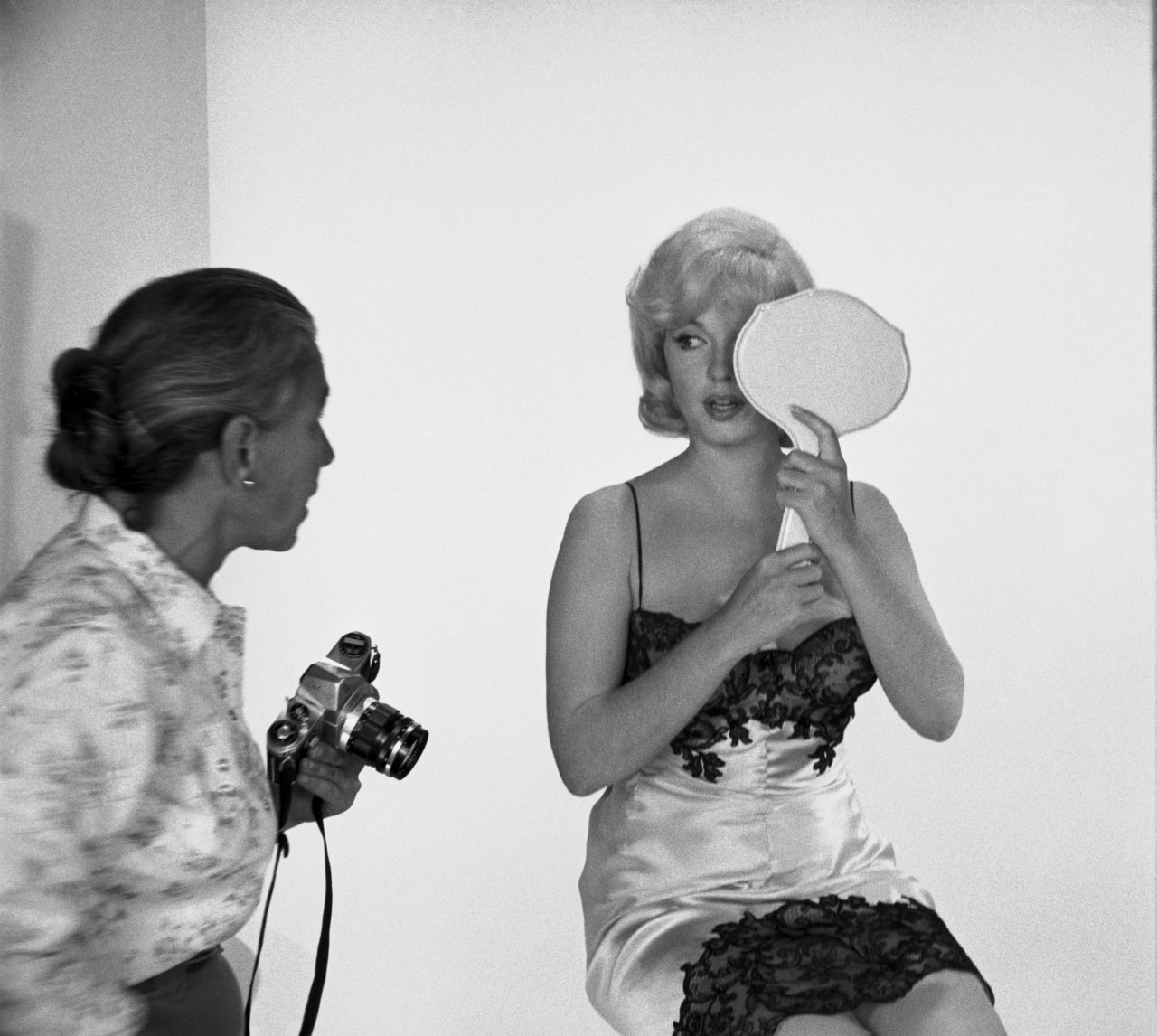



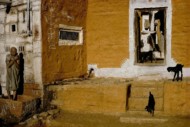

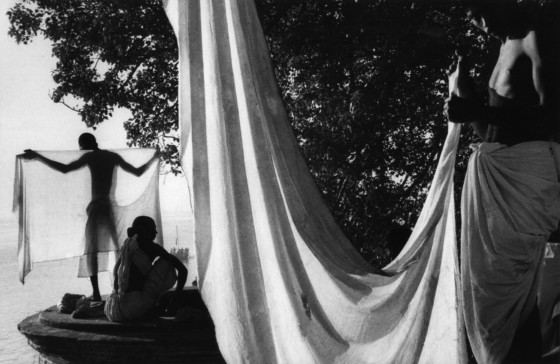



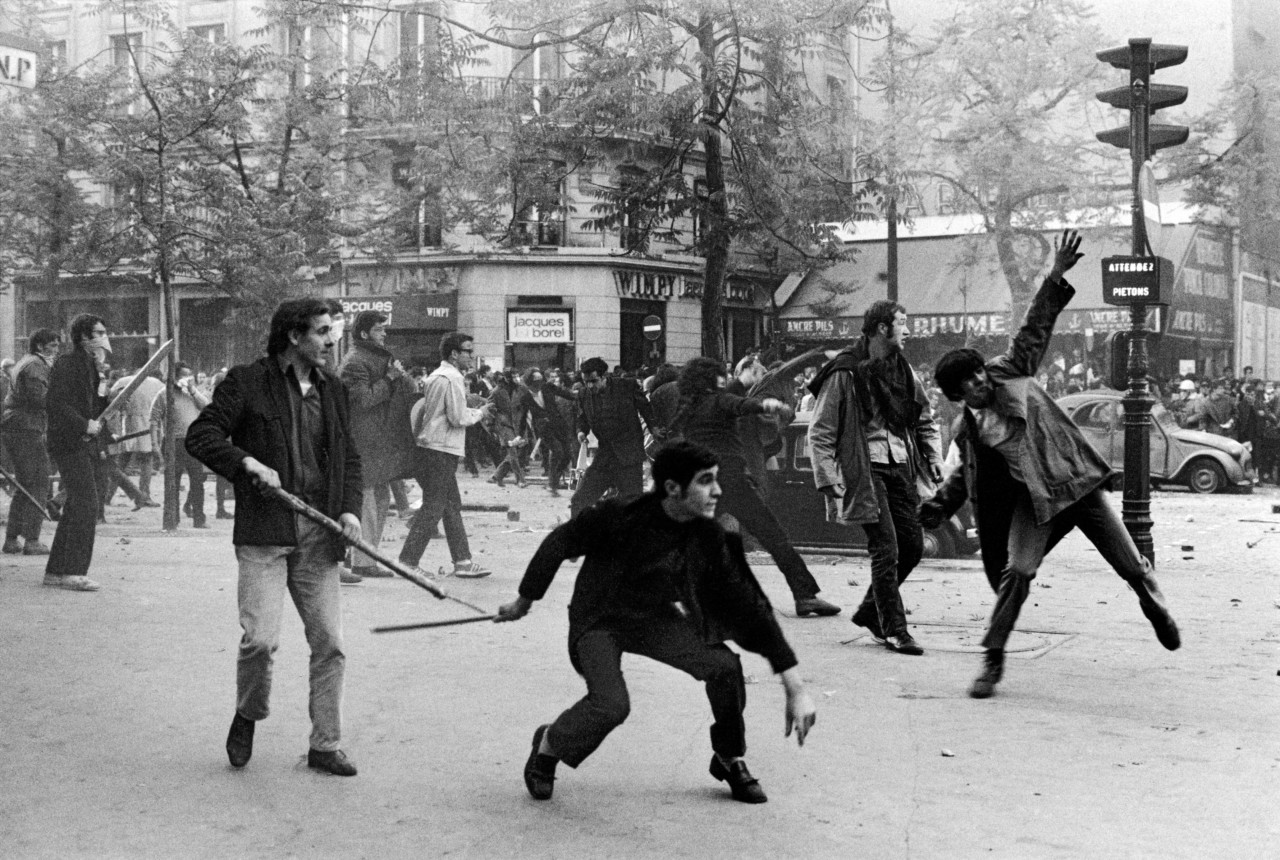
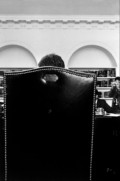

No comments:
Post a Comment